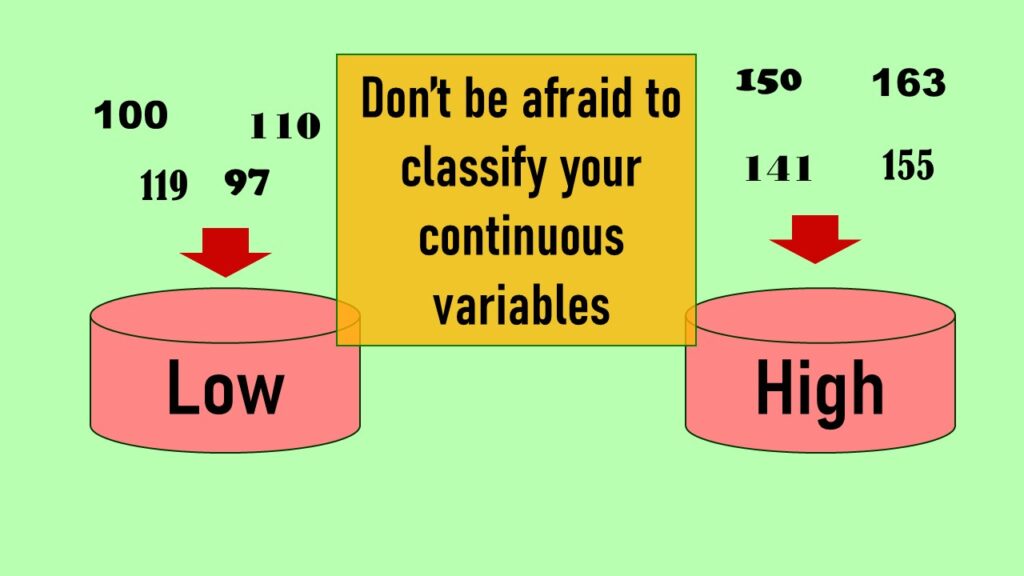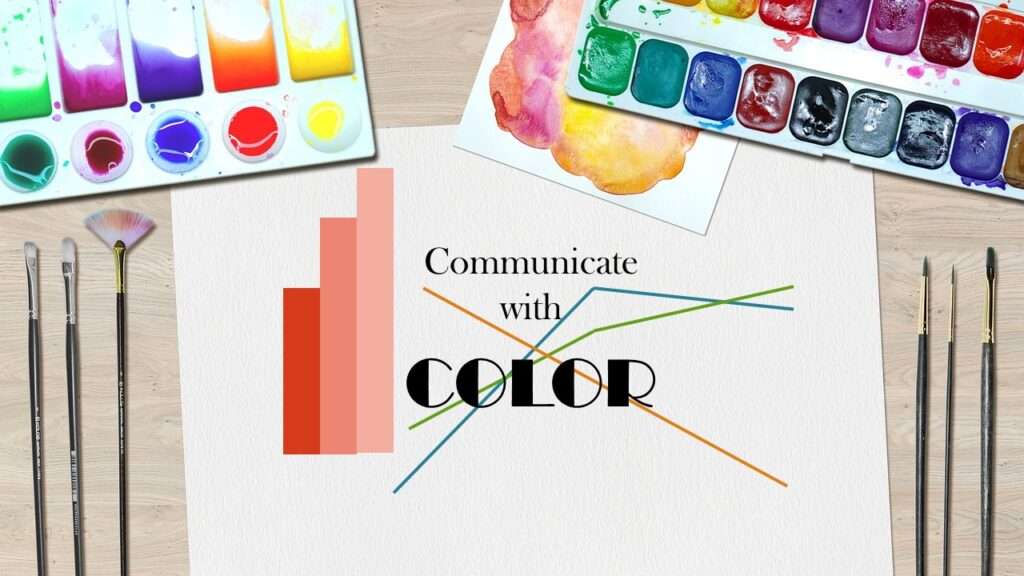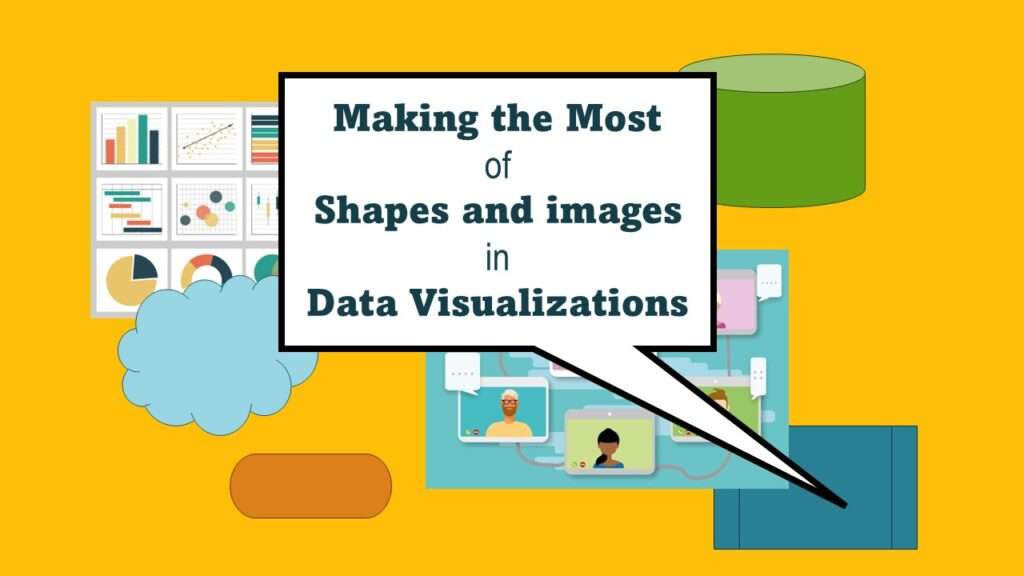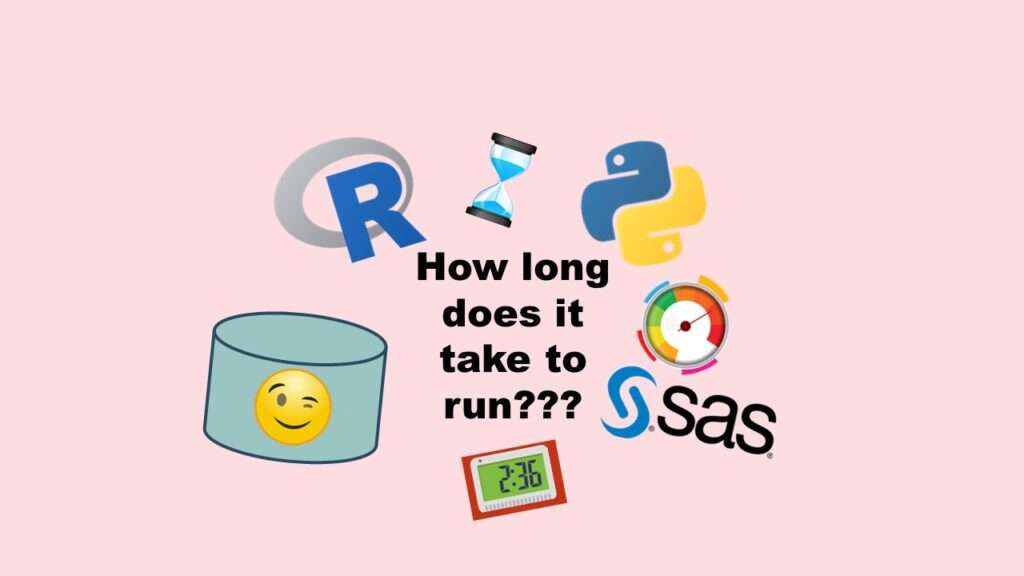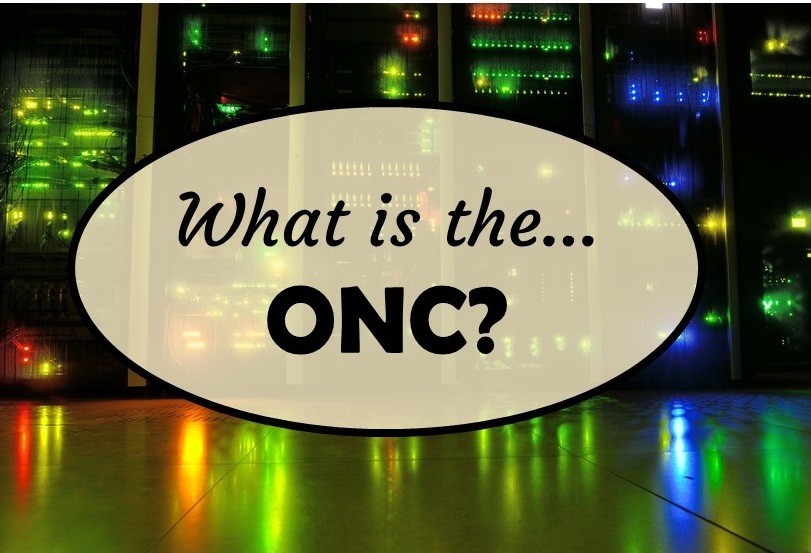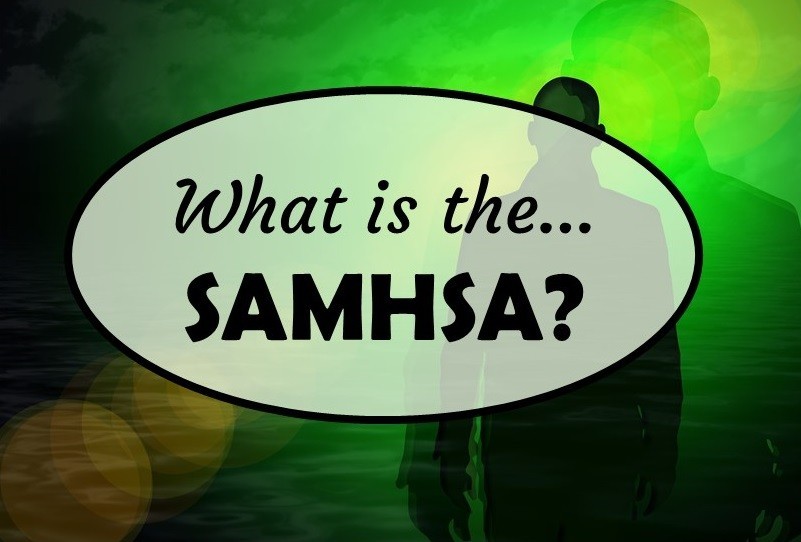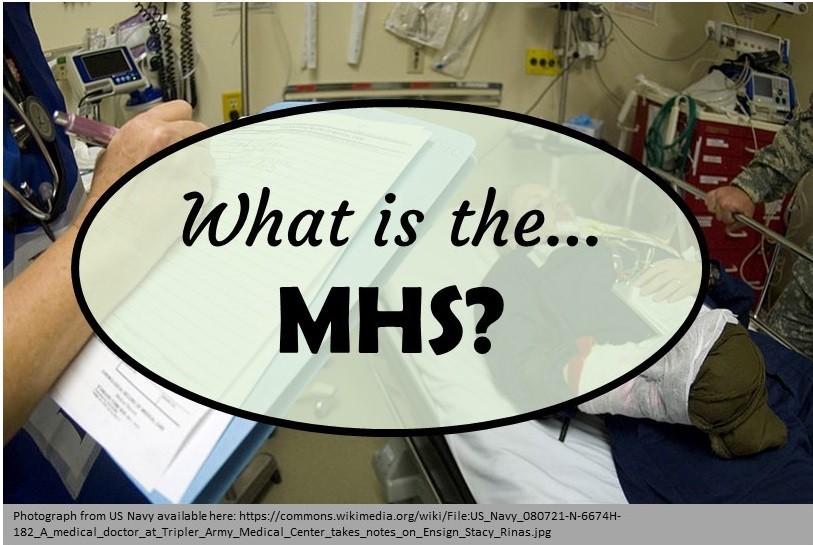Continuous variable categorized can open up a world of possibilities for analysis. Read about it on my blog!
Tag Archives: certification in public health
Color in visualizations of data curation and other data science documentation can be used to enhance communication – I show you how!
Shapes and images in dataviz, if chosen wisely, can greatly enhance the communicative value of the visualization. Read my blog post for tips in selecting shapes for data visualizations!
Reducing query cost is especially important in SAS – but do you know how to do it, or what it even means? Read my blog post to learn why this is important in health data analytics.
CitePeeps is a new online community of scientific authors focused on increasing the number of citations to their published works. Join us!
Benchmarking runtime is different in SAS compared to other programs, where you have to request the system time before and after the code you want to time and use variables to do subtraction, as I demonstrate in this blog post.
“What is the ONC?” is what I used to ask before I realized it involves health technology. Although ONC just means “Office of the National Coordinator”, this agency is now known as HealthIT.gov, as I explain in my blog post.
What does the SAMHSA actually do for mental health and substance abuse patients in the US? The answer is, “nothing directly” – however, indirectly, SAMHSA has had a profound impact on behavioral health patients, and the result has not always been positive, as you can read in my blog post.
Four levels of intervention is a framework we use in public health to think about how to attack a problem. I explain it and give a few examples of application in my blog post (along with a video).
“What is the MHS?” is a question not always asked by public health data scientists, but it should be. The MHS – or Military Health System – serves the US military through healthcare facilities in locations where civilians do not have access. I provide an explanation on my blog post.
- 1
- 2

